Potřebujeme váš souhlas k využití jednotlivých dat, aby se vám mimo jiné mohly ukazovat informace týkající se vašich zájmů. Souhlas udělíte kliknutím na tlačítko „OK“.
ASTM D6492-99(2011)
Standard Practice for Detection of Hexavalent Chromium On Zinc and Zinc/Aluminum Alloy Coated Steel
Automaticky přeložený název:
Standardní praxe pro odhalování šestimocného chromu zinku a zinek / hliníkové ocelovou
NORMA vydána dne 1.11.2011
Informace o normě:
Označení normy: ASTM D6492-99(2011)
Poznámka: NEPLATNÁ
Datum vydání normy: 1.11.2011
Kód zboží: NS-35364
Počet stran: 2
Přibližná hmotnost: 6 g (0.01 liber)
Země: Americká technická norma
Kategorie: Technické normy ASTM
Kategorie - podobné normy:
Anotace textu normy ASTM D6492-99(2011) :
Keywords:
diphenylcarbohydrazide, hexavalent chromium, passivate, passivation, steel, zinc, zinc/aluminum: Chromium, Diphenylcarbohydrazide method, Electrodeposited Cr coatings, Hexavalent chromium testing, Passivation treatments, Zinc-aluminum (ZA) coatings, ICS Number Code 25.220.40 (Metallic coatings)
Doplňující informace
| 1. Scope | ||||
|
1.1 This practice can be used to detect the presence of hexavalent chromium on galvanized and zinc/aluminum alloy coated steel surfaces. Hexavalent chromium-bearing treatments (passivates) can be applied to coated steels to prevent storage stain. While passivated 55 % aluminum-zinc alloy coated steel is commonly painted, passivated galvanized steel is not. Chrome passivation may interfere with the successful pretreatment of galvanized steel, as well as contaminate cleaning and pretreatment baths on a coil coating line. 1.2 The amount of hexavalent chromium that will cause the indicator to produce a discernible pink color is in the range of 0.5 parts per million dissolved in the indicator solution. It is possible that a coated steel surface that produces a negative result does have chromium on the surface. If a material that yields a negative result is suspected of having chromium on the surface, instrumental methods should be used. Chrome deposits of 1 mg/ft2 can be easily missed by analytical instruments such as the scanning electron microscope with energy dispersive x-ray analysis (EDXA) capability. Auger electron spectroscopy (AES) or electron spectroscopy for chemical analysis (ESCA) can identify chemical species present in the levels required for adequate detection. Stripping the metallic coating and analyzing for chrome by atomic absorption or inductively coupled plasma can also give reliable results in detecting the presence of chrome. 1.3 This practice is designed to be a qualitative means of screening chrome passivated coils from those which are not chrome passivated. 1.4 Some chromium-free passivates are being used commercially. Although these products will test negative for hexavalent chromium, they may interfere with cleaning and pretreating. Chromium bearing passivates that contain film forming constituents such as acrylic resins are also being commercially applied. The reaction of these products to the spot test will vary. Abrading the surface with emery paper will improve the likelihood of reliable detection. This technique is not recommended for acrylic resin containing passivation treatments. 1.5 The values stated in SI units are to be regarded as the standard. The values given in parentheses are for information only. 1.6 This standard does not purport to address all of the safety concerns, if any, associated with its use. It is the responsibility of the user of this standard to establish appropriate safety and health practices and determine the applicability of regulatory limitations prior to use. |
||||
| 2. Referenced Documents | ||||
|
Podobné normy:
Historická
1.5.2013
Historická
1.1.2014
Historická
1.11.2013
Historická
1.5.2014
Historická
1.11.2011
Historická
1.8.2014
Doporučujeme:
Aktualizace technických norem
Chcete mít jistotu, že používáte pouze platné technické normy?
Nabízíme Vám řešení, které Vám zajistí měsíční přehled o aktuálnosti norem, které používáte.
Chcete vědět více informací? Podívejte se na tuto stránku.


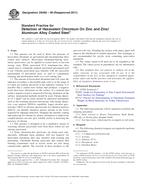
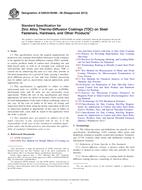 ASTM A1059/A1059M-08..
ASTM A1059/A1059M-08..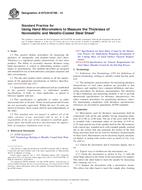 ASTM A1073/A1073M-14..
ASTM A1073/A1073M-14.. ASTM A123/A123M-13..
ASTM A123/A123M-13..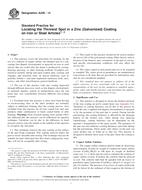 ASTM A239-14
ASTM A239-14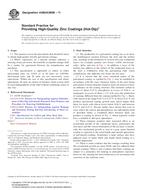 ASTM A385/A385M-11..
ASTM A385/A385M-11..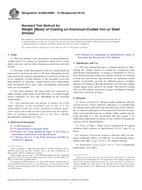 ASTM A428/A428M-10(2..
ASTM A428/A428M-10(2..
 Cookies
Cookies
